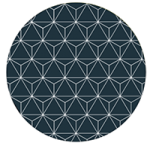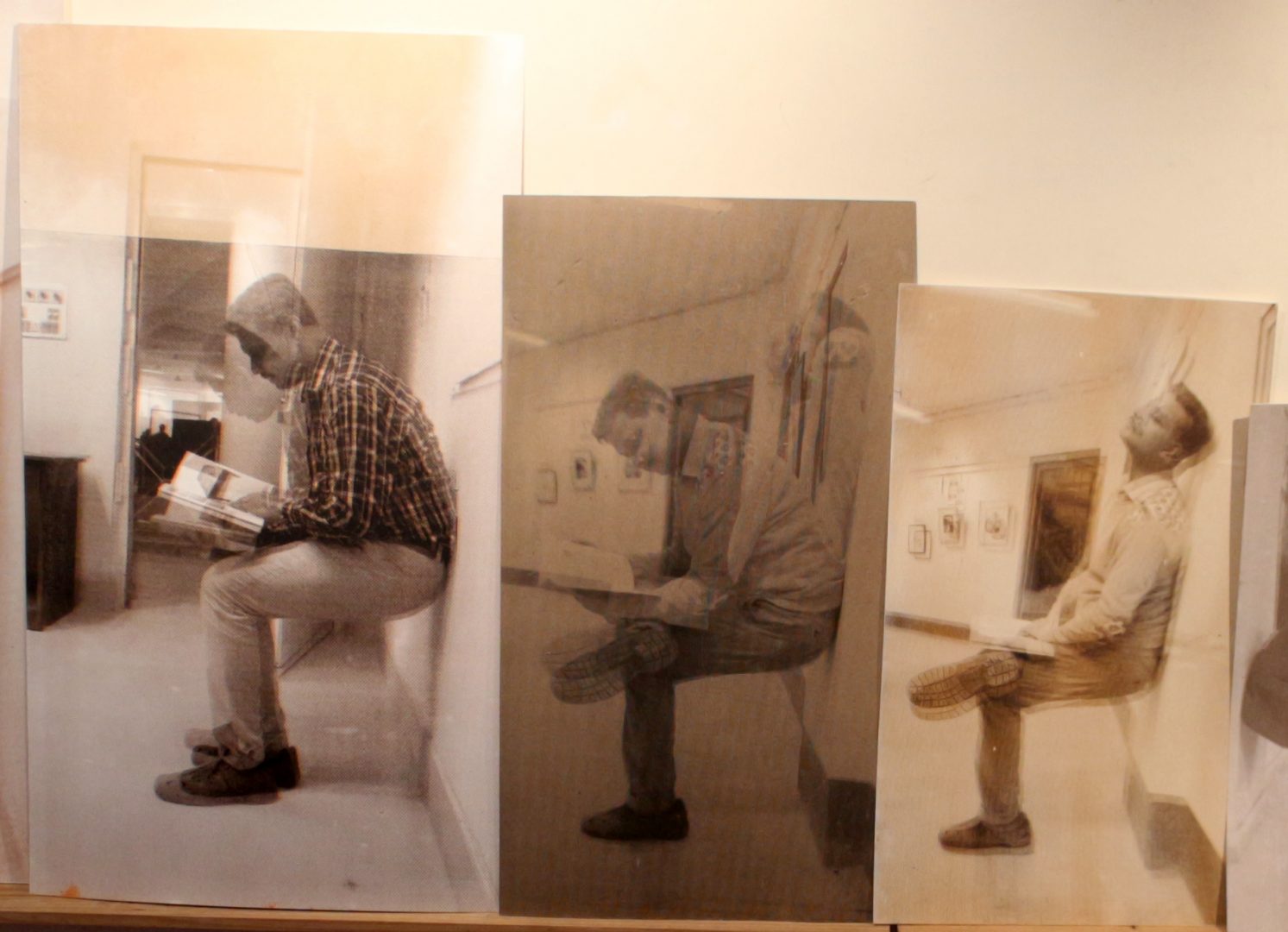The Open Call for the Social Art Award 2019 under the topic “We are the People – Peaceful Revolutions” was closed on December 15, 2019. We are very impressed by 558 submissions that were contributed by artists coming from 65 countries across all continents.
The winners of The Social Art Award 2019 are Narcissa Gold (USA), Melinda Mouzannar (Lebanon) and Bogna Grazyna Jaroslawski (Poland/Germany). The Honorary Mention goes to Kingson Kin Sing Chan (Hong Kong/UK).
Below you find the artworks, that passed the initial jury round. The public voting took place till 30 December and is a tool to give more public visibility to the topic and the artworks. It does not replace the final jury judgment. There were two wildcards for the most voted artworks that entered the final shortlist.
The focus diversity of applications shows that artists are active in the multi-faceted fields of socially engaged art reflecting on wars, genocides, femicides, traumata, violence against refugees, children, women, men, disabled people, LGBTIQs, animals. They share feelings for the planet and its living species, but also showing hopelessness due to complex crises be it climate change (e.g. in regard to water pollution), capitalism, corruption, a violation against human rights, nature, protected national parks. Many of the artists are constantly trying to give a voice to the poorest or empower unheard social groups.
It’s not only about peaceful revolutions, but it’s also about feeling a deep connection and showing love and respect for each other.
Thank you all for sharing your great and inspirational work and look at all the great contributions!
Chairy tales:Endurance series
SujayMukherjee
open category
Performance and recording along with screenprints on various available an discarded surfaces Often public institutions talk of openness, equity and collevtive consensus - yet underneath this veil there remains an implicit network of hierarchy that governs them.Power in these so called democratic units are bestowed on specific "chairs" with individuals aspiring for them often nudging each other to reach those positions of power-legitimized in the name of professional excellence and career advances. In this schema 'Chairs' in the name of professional excellence become markers of institutional power embodied, bestowing the occupier with priveledges that not only sets them apart from the flock but also make them conduits to the system.The performance aims at questioning these aspirations or the legitimization of them in academic institutions by the act of sitting without a chair or support. Done in real time classroom situations on a daily basis , the performance is recorded and then the adgacent frames of a single recording superimposed as a mapping of that endurance and printed in serigraphy on various surfaces.The size of the images growing both in no and size with each passing performance.The screenprint is done by converting the superimposed images into halftone dots aligned at 90 degrees not only because of translating the videographed images for reproduction but also to use the idea of halftone dots collectively forming an image as a metaphor.
Performance and recording along with screenprints on various available an discarded surfaces Often public institutions talk of openness, equity and collevtive consensus - yet underneath this veil there remains an implicit network of hierarchy that governs them.Power in these so called democratic units are bestowed on specific "chairs" with individuals aspiring for them often nudging each other to reach those positions of power-legitimized in the name of professional excellence and career advances. In this schema 'Chairs' in the name of professional excellence become markers of institutional power embodied, bestowing the occupier with priveledges that not only sets them apart from the flock but also make them conduits to the system.The performance aims at questioning these aspirations or the legitimization of them in academic institutions by the act of sitting without a chair or support. Done in real time classroom situations on a daily basis , the performance is recorded and then the adgacent frames of a single recording superimposed as a mapping of that endurance and printed in serigraphy on various surfaces.The size of the images growing both in no and size with each passing performance.The screenprint is done by converting the superimposed images into halftone dots aligned at 90 degrees not only because of translating the videographed images for reproduction but also to use the idea of halftone dots collectively forming an image as a metaphor.



